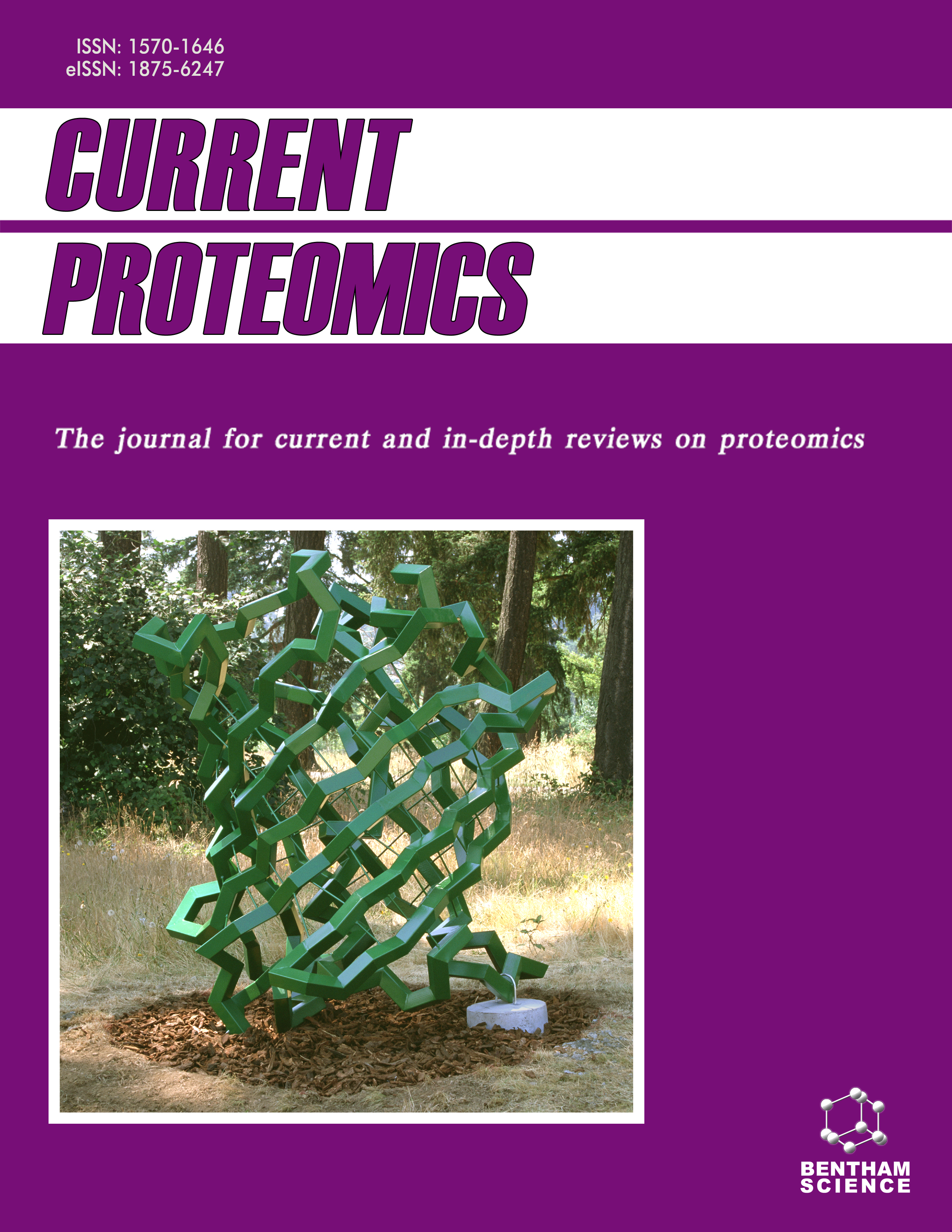
Full text loading...
Membrane proteins participate in many physiological and biochemical functions essential for cellular function. Identifying membrane protein types is a critical task in biology for studying the tertiary structure of membrane proteins.
In this paper, a novel classification method is proposed to predict membrane protein types based on the ensemble learning model, fusing protein sequence features and secondary structure information.
The performance for predicting the type of membrane proteins was improved compared with other machine learning models.
Utilizing multimodal features and machine learning methods can effectively predict and classify membrane protein types.

Article metrics loading...

Full text loading...
References


Data & Media loading...

